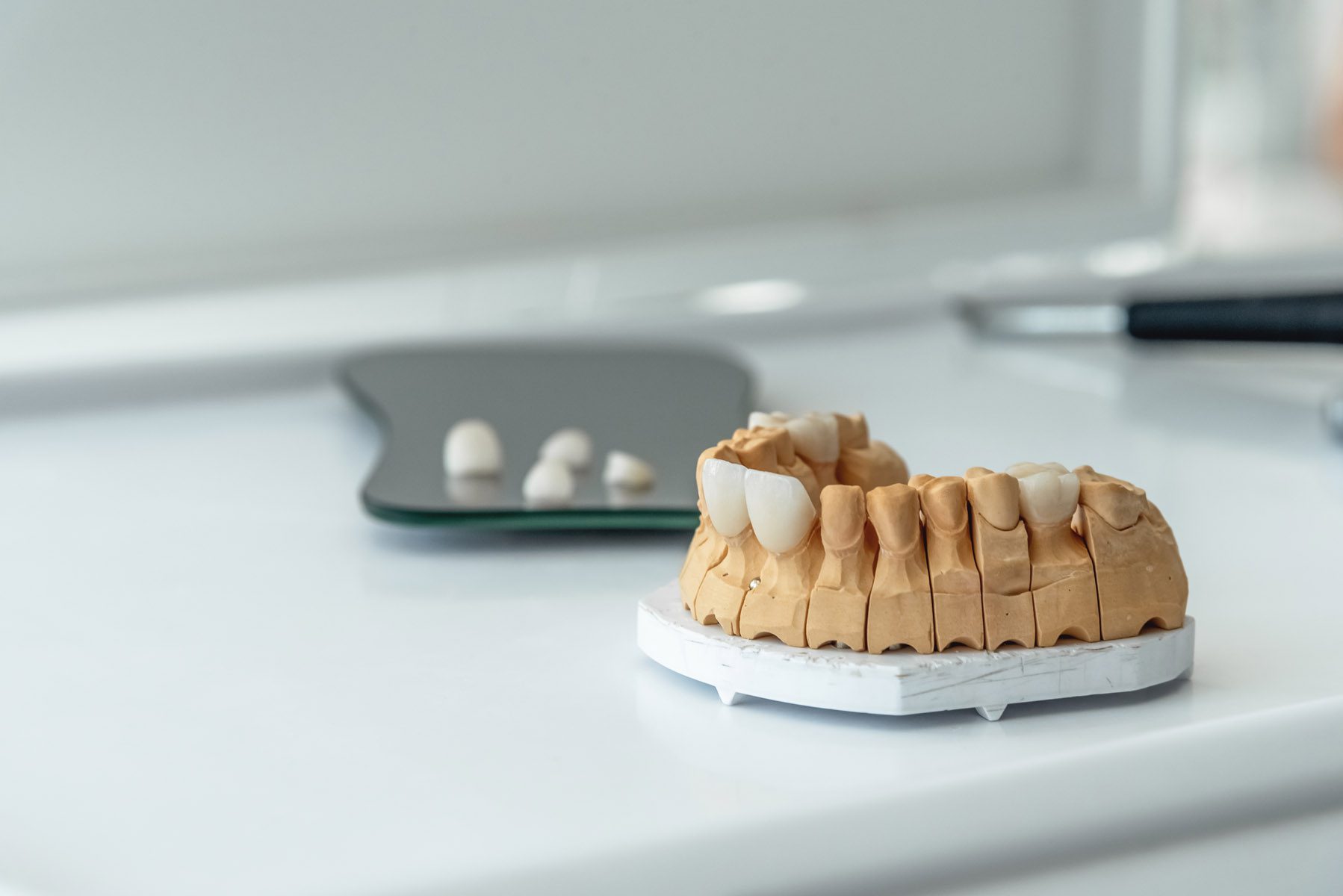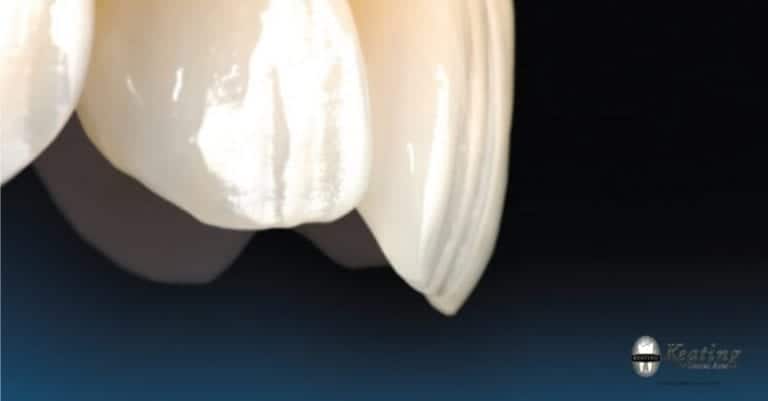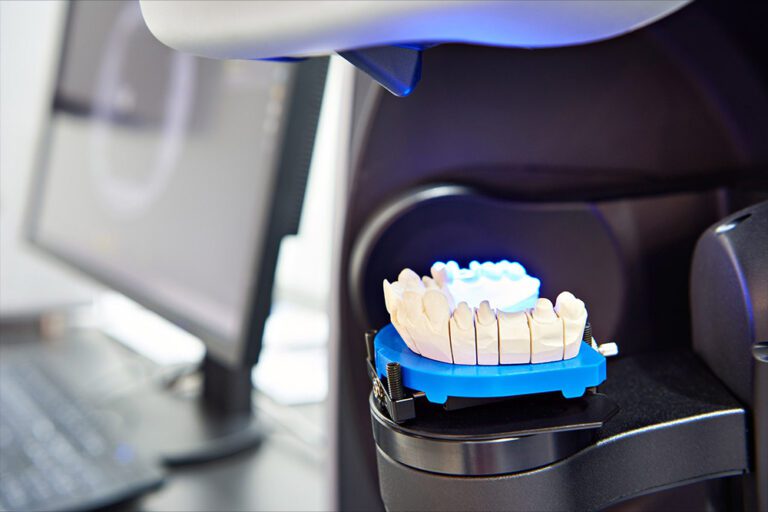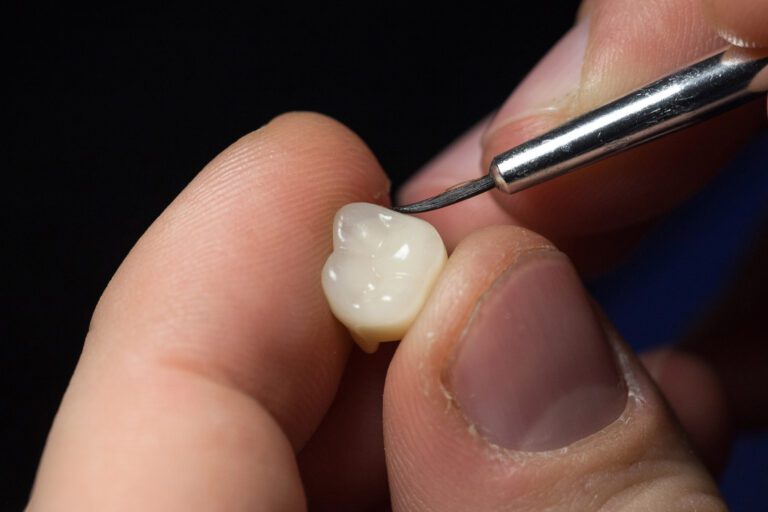Dentistry is constantly evolving, and as a dental lab we want to share the relevant studies that can change our approach. These studies are applicable to dentists as well, because it shares how others are practicing, and if you may need to reevaluate your technique.
In 2016, the National Dental Practice-Based Research Network released a study in the Journal of Prosthodontics regarding impression techniques. This study specifically showed the techniques in regards to single-unit crowns.
What Was the Study?
The purpose of the study was to “determine which impression and gingival displacement techniques practitioners use for single-unit crowns on natural teeth; and test whether certain dentist and practice characteristics are significantly associated with the use of these
techniques.”1
The questionnaire was developed by clinicians, statisticians, laboratory techs, and survey experts. This diverse knowledge meant a relevant and precisely-worded questionnaire for respondents, offering the best results possible.
The doctors surveyed were members of the National Dental Practice-Based Research Network, and responses were analyzed using ANOVA. Responses were compared by dentist and practice characteristics.
The Study’s Results
With an 83% response rate, the study found that most clinicians used either a single cord or dual cord technique for gingival displacement (35% each), while only 16% preferred an injectable retraction technique.
Impression materials most frequently used:
- Polyvinyl siloxane: 77%
- Polyether: 12%
- Optical or digital: 9%
Preference for dual-arch impression trays:
- Metal: 23%
- Plastic: 60%
- Do not use: 16%
These preferences were analyzed based on location and practice characteristics, and showed a significant association with the above techniques. Those using optical impression techniques were more likely to be private practice owners or associates.2
What Do These Results Mean?
This study’s benefits are two-fold. As a dentist, it’s critical that you continue to observe new techniques, new materials, and new studies. A study like this provides insight into your fellow dentists across the country, and is one of the best opportunities to grow your skills and your practice.
As a dental lab, we can better serve you when we know dental trends. This is critical to our success, and we credit our team of dedicated lab technicians that help us craft every restoration to exacting standards.
This study provided the information we need to know how doctors practice. In some instances, these results may show where there’s limited education. Dentists are busy with patient care, but further education is important.
A few times a year, search out continuing education courses that can truly benefit your practice, and at times take you outside of your typical procedures. As a leader, your practices’s health (and your patients’) is determined on your ability to stay relevant!
Our focus is to serve you and your patients, which means observing and at times adopting new processes or materials. And in some cases, educating doctors on the benefits of one technique over another. The full study is available from the American College of Prosthodontists, DOI: 10.1111/jopr.12577.
Recommended Reading – Management Of Dentin Hypersensitivity By National Dental PBRN












